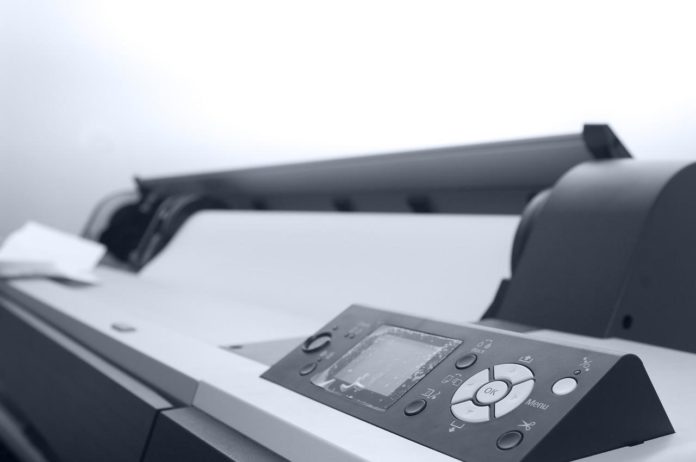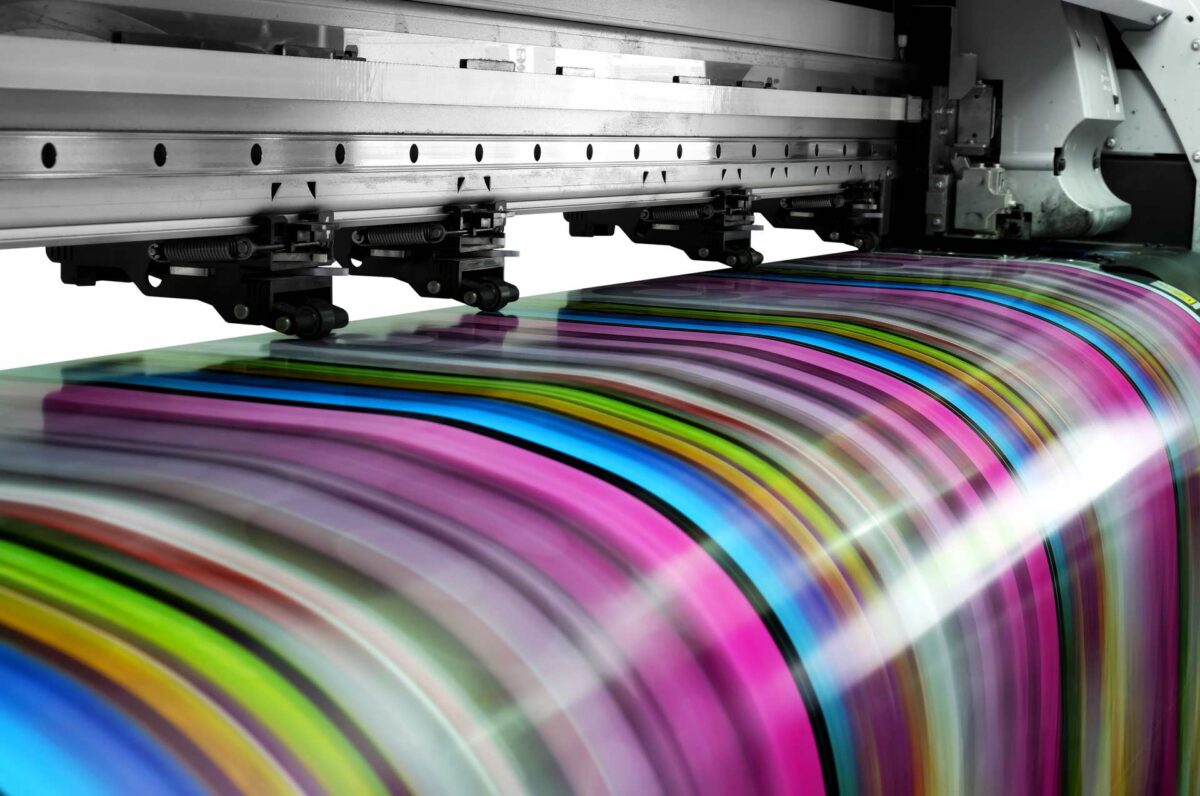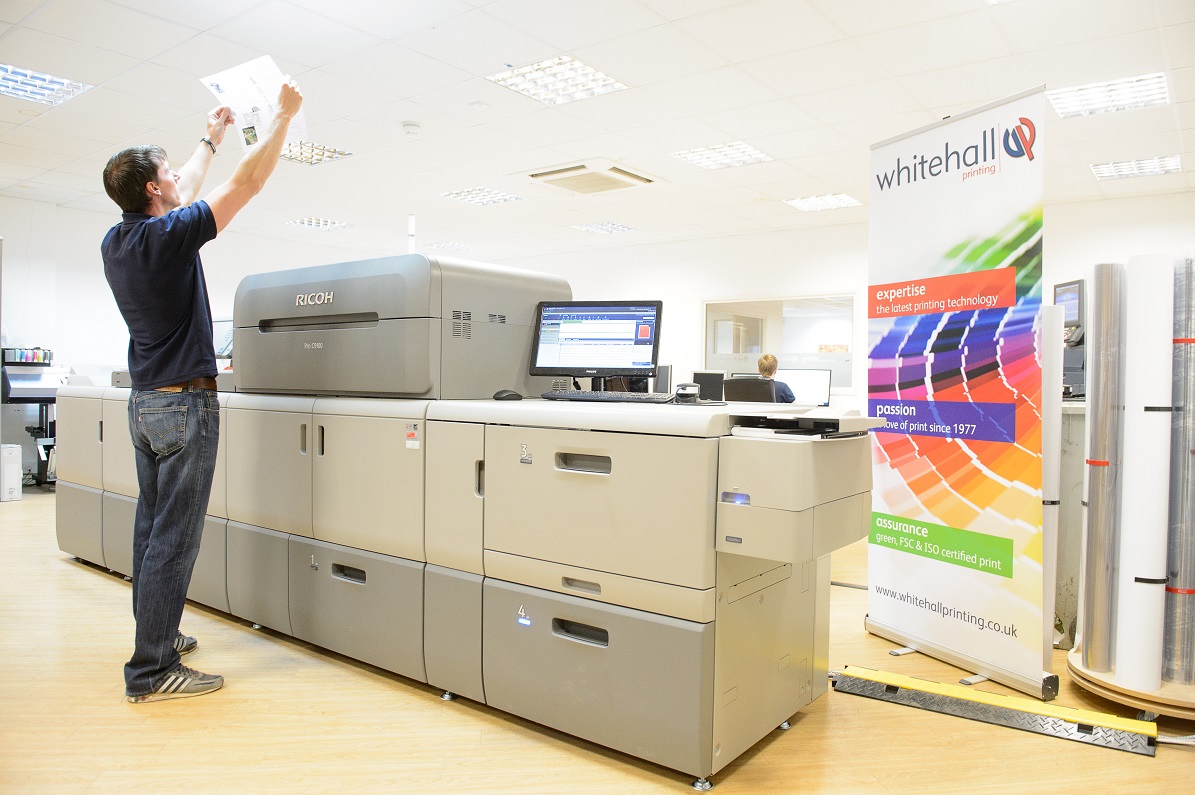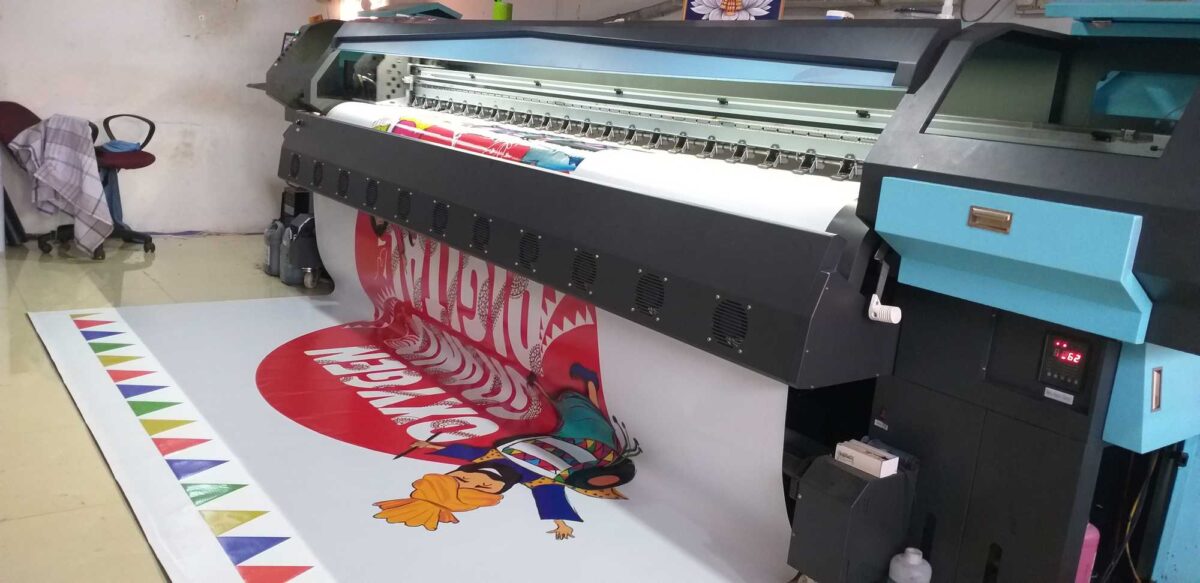
Production and reproduction of outstanding artwork and imagery have come a long way over recent years. Both in terms of quality and affordability, it’s not perfectly possible to create and recreate exceptional prints at comparatively low prices.
Digital printing is a contemporary production method, which uses electronic files. It is a versatile approach that involves the creation of images on a computer, which is then directly printed onto the required material. This has become a popular alternative to more traditional techniques – examples of which include letterpress, gravure, flexographic and lithography.
Along with eliminating many of the complexities and technicalities of traditional printing, digital can also help keep costs to absolute minimums.

How Digital Printing Works
All those in Kent have their own unique take on the process. The hardware used varies significantly from one company to the next, as do software preferences and the scope of services provided. In most instances however, images are sent directly to the printing hardware in digital file format – typically PSD, TIFF or PDF. Doing it digitally is particularly useful for smaller quantity orders and when the highest amount of detail is required.
The difference between the above mentioned and a conventional one comes in the elimination of pre-press stages between the digital document and the final print. In addition, equipment like photo chemicals and film plates is unnecessary.

Digital printing usually follows this four-step process
- The image is prepared on a computer, ensuring that it is of sufficient resolution and has enough detail to suit the requirements of the final impression.
- Crop marks may be added to the outer edge of the image, providing an indication as to where it will be trimmed afterword.
- This is followed by imposition – the process of minimizing wasted space by making sure the image fills as much of the printable surface as possible.
- It’s then simply a case of printing the image on the selected medium, which with digital can be almost any size required.
It’s also possible to edit and generally polish-up the digital image file, prior to printing it. For example, if there are any issues regarding brightness, contrast or saturation, these may be addressed during the preparation stage. The printing house may take some responsibility for ensuring the quality of the final impress, or the owner of the image may finalize and/or approve and tweaks or alterations prior to the final phase.

What Are the Benefits of Digital Printing?
This one has revolutionized the way the world approaches the production and reproduction of quality imagery. Technology, in general, has impacted the way we take photographs, create art pieces and so on. From a business perspective, the biggest benefits of a digital lie in its capacity and versatility. Even the most complex printing jobs can be handled quickly and professionally, using the latest hardware and software.
As for the customer, the benefits of this service are even more wide-reaching. Examples of which include the following:
- Outstanding quality. Digital printing technology now has the capacity to produce limitless copies of an original piece, without losing any quality whatsoever. Flawless consistency can be guaranteed, irrespective of how many copies are needed.
- Speed. As the process is comparatively simple, it takes significantly less time to complete each job. Again, irrespective of how many copies are needed.
- Digital printing is exponentially more cost-effective than any comparable traditional method. Hence, it is an ideal solution for photographers, artists and customers in general with limited budgets.
- Short runs. By eliminating the requirement for traditional equipment like film plates, this one is perfect for short runs and one-off requirements.
- Quality control. Both the customer and the printing house have the option of editing and improving the appearance of the impresses, before going ahead and finalizing them. This can ensure the quality and consistency of the final result.

Contrary to popular belief, opting for digital printing doesn’t have to mean compromising on quality. In fact, we’ve reached a point where 21st-century technology can actually help perform almost any comparable traditional method.
Innovative printing houses like DigilabLondon in Kent are continuously refining their digital printing processes, catering to the needs of an increasingly discerning clientele. Whatever your requirements and budget, it is a high-quality, low-cost option for today’s artist.
















